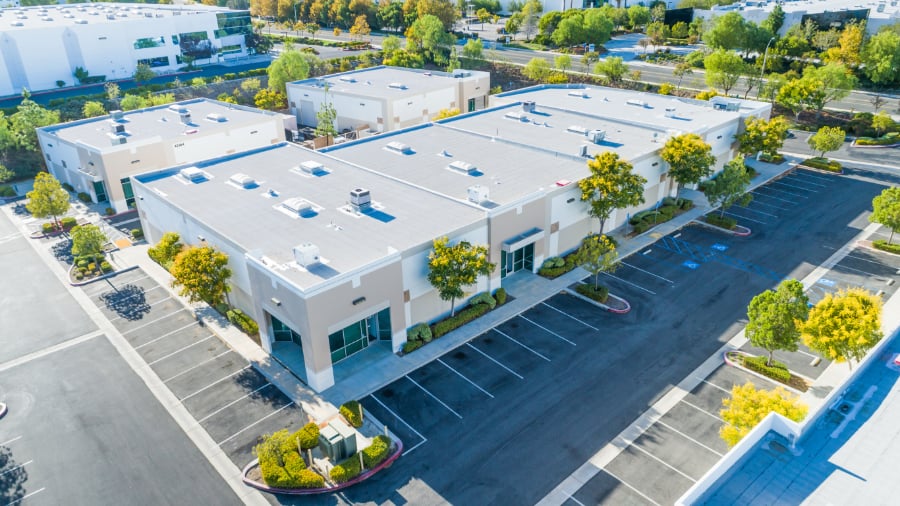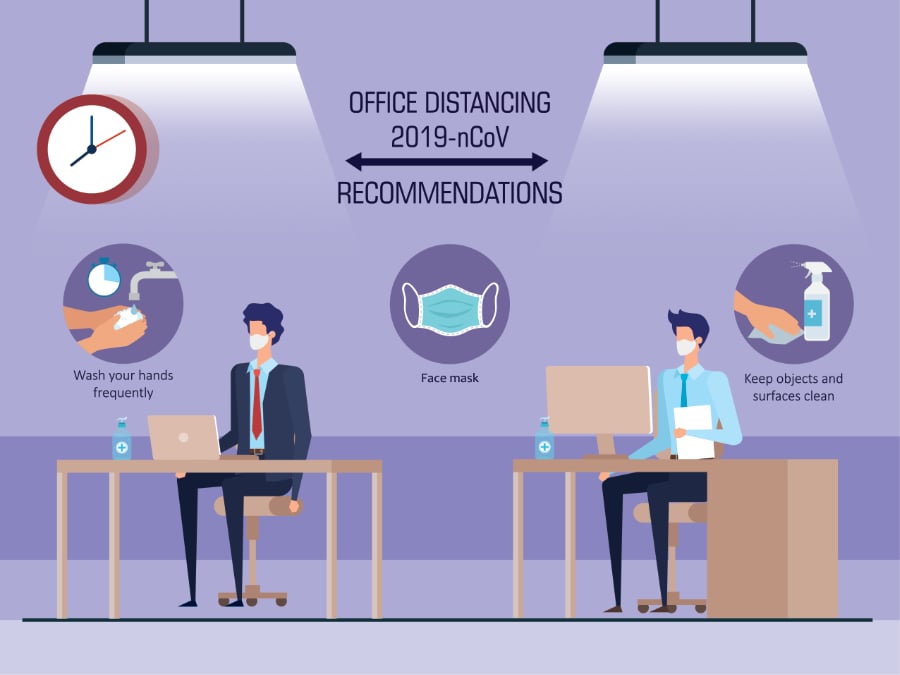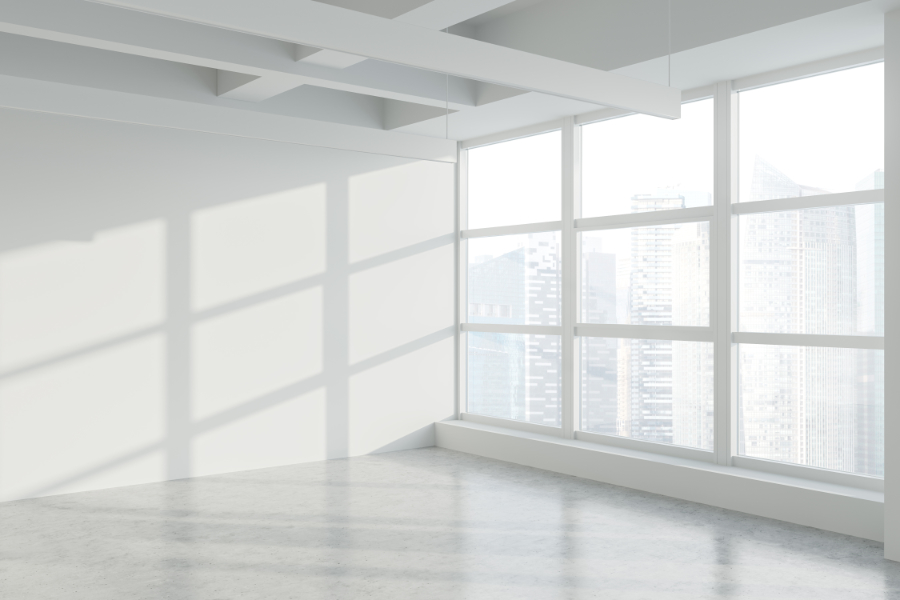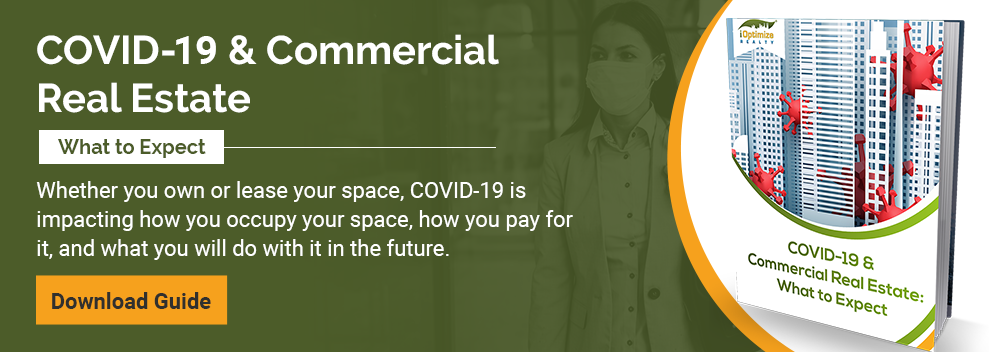As businesses try to assess both what they need and where they stand in the face of COVID-19, tenant activity has slowed down in many markets across the United States and the world. If your business is in a position to lease space, though, it's a great time. And if sublease space fits your strategy, it's even a better time since the original tenants should be more willing to negotiate as they look at a market with potentially increasing vacancy and little tenant activity. It's your time, and to help you take advantage of it, here's what you should be looking for.
Great Rates
When a tenant is looking to sublease out their space, they're still paying their rent. This means that the longer they wait to find a subtenant (you!), the more time they spend paying that rent with no money coming in.

This means that you should be able to negotiate a great sublease rate.
Adequate Build Out
With a sublease, you're probably taking on a space for a relatively short period of time. As such, even if you could get permission to do build out work, that cost becomes very hard to amortize. Look for spaces that have existing improvements in place that will work for you, at least for the length of the sublease.
Ample Parking or Walkability
As of this writing in early July of 2020, American mobility patterns have changed. Based on mobility data from Apple Maps, walking and driving trips have largely returned to or exceeded pre-COVID levels.

The use of public transit, though, remains down significantly, and is recovering much more slowly than other forms of movement. After all, it's a lot easier to socially distance in your own car than on a train or bus. As such, spaces that are walkable or that have convenient parking are more likely to suit your employee's desire for safety in the near term.
Ample Space for Social Distancing
Some surveys of post-COVID office configurations are showing that social distancing means that densities are dropping by 50%. In other words, if your office had 125 square feet per employee pre-COVID, you might need as much as 250 square feet per employee now to accommodate social distancing.

As such, look for sublease spaces that are larger so that you can spread out and be safe.
Safe Entry and Egress
Regardless of what you do to keep your office safe, sanitized and hopefully COVID-free, you cannot do a great deal about the hallways, lobbies and elevators in your building. Look for a property that has a comprehensive sanitization program in place or, even better, look for spaces that reduce your exposure to common areas. Suburban offices with direct entries to the outdoors are an example of this.
Flexible Terms
One type of flexibility is usually based into every sublease -- the ability to move out relatively quickly since most have short remaining lease terms. However, you might need flexibility in the other direction -- the ability to stay and to create a new direct lease with the landlord. While it's hard to guarantee the future, you might want to look into your long-term prospects in the space in case you see your tenancy continuing.
A Tenant Rep in Your Corner
While this is the last item on the checklist, it's also the most important. When you're negotiating your sublease space, make sure that you have an experienced and highly skilled tenant rep in your corner. The team here at iOptimize Realty® has worked with hundreds of tenants and can make sure that you're getting the best direct or sublease space on the best possible terms.








